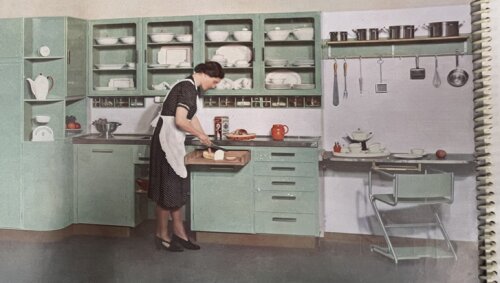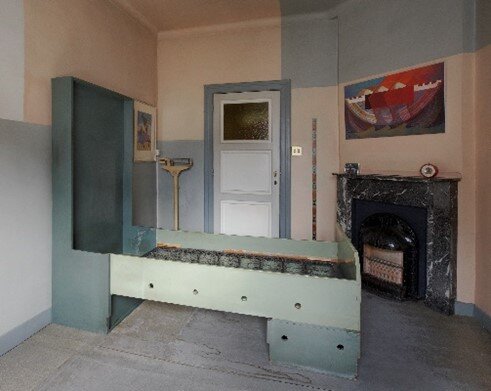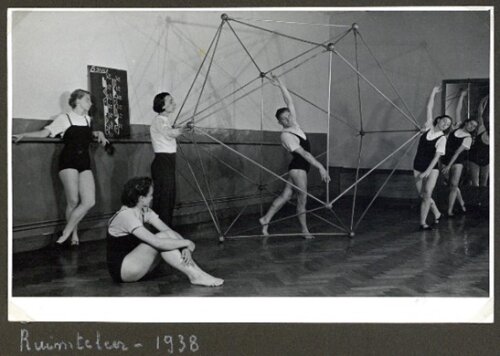Domesticity through the lens of interior architecture. The negotiation of domesticity by the modernist avant-garde in the lowlands
Promotor: Els De Vos
Interior architecture is a relatively young academic discipline and does not currently have its own specific methodology to investigate developments in modernist interiors, including domestic interiors. Thus, the motivation for this PhD is to develop a research methodology from the perspective of interior architecture and interior design in order to construct an ontology of interior architecture by starting from its own fundamentals. This involves looking at the relation body-object-environment, or more precisely, the movement of the body in space, the use of objects, ergonomics, the application of colour and the relationship between inside and outside.
The basis for the development of modernist domestic interiors for the masses can be situated in the interwar period, an era in which the government and the (artistic) avant-garde sought for ways to provide housing at large scale. The three selected cases in the PhD highlighted a specific aspect of modernisation of the interior during this period: 1) the affordable Bruynzeel Kitchen of Koen Limperg and Piet Zwart inspired on the Belgian middle-class Cubex Kitchen, provided efficiency through household technology to housewives, 2) the murals in Jozef Peeters’ atelier flat of an Antwerp social housing building opened up the interior through coloured geometrical surfaces he had painted on the interior walls, including his self-designed furniture, and 3) the daily gym classes of Lea Daan on Belgian national radio offered all family members the possibility to stretch their bodies, getting fresh air and creating a sense of community from their home.
To investigate the intended use of the modernized interwar domestic interior for a wider audience, data were collected from mass communication media in those years used to communicate information broadly, such as newspapers, magazines, brochures, manuals and technical plans. The data collected for the study of these three cases were then implemented into a constructed framework model as a research methodology. Moreover, the use of examples of similar practices in both Belgium and the Netherlands allows to study them in a more comparative way and to distinguish the impact of the different context. This contributes to the refinement of the developed methodology. The developed methodology provides a critical lens to question evolutions from the perspective of interior architecture. This will leads to new insights into historical interior research from the perspective of interior architecture and design.

The Bruynzeel kitchen displayed in a brochure, collection of Nieuwe Instituut/ MEIJ, d7.

The children’s bedroom in the studio flat of abstract painter Jozef Peeters, collection City of Antwerp, Letterenhuis.

The icosahedron in practice at the Lea Daan Dance School, collection City of Antwerp, Letterenhuis.
Want to know more?
See Selin's personal page for more information, contact links and publications!